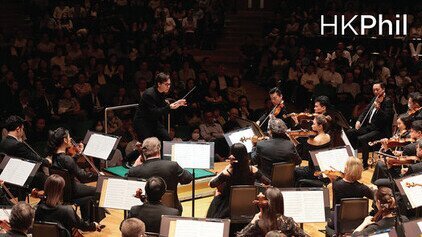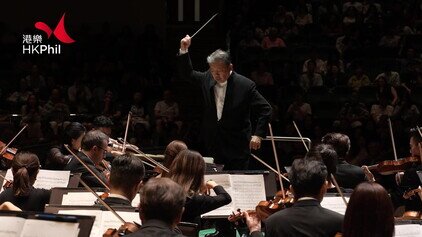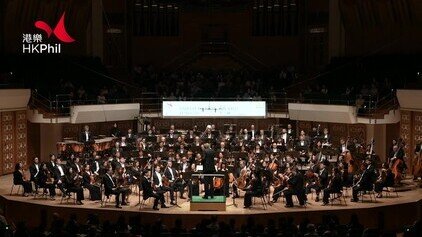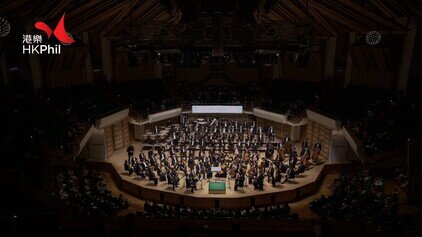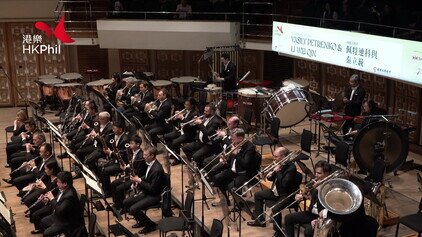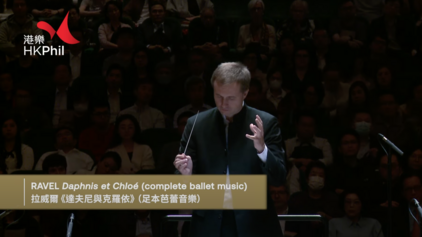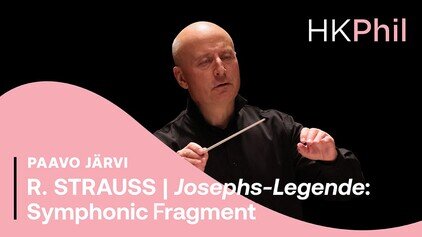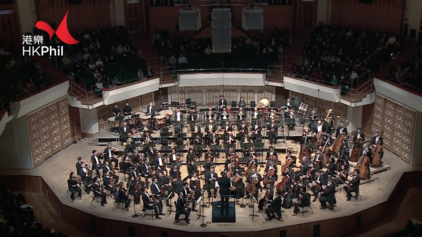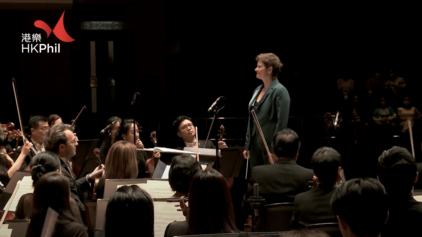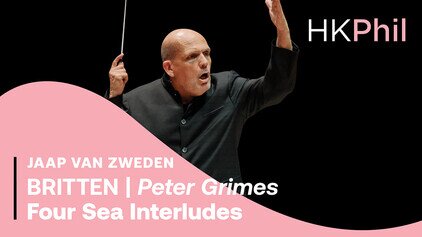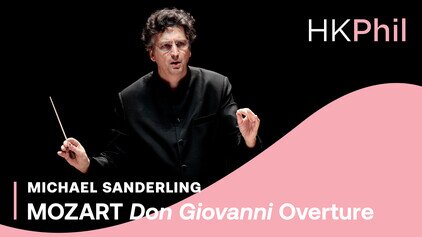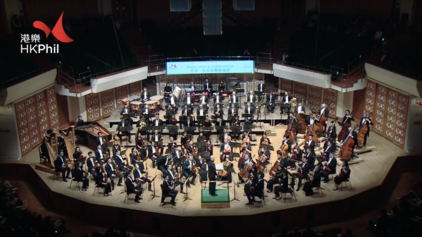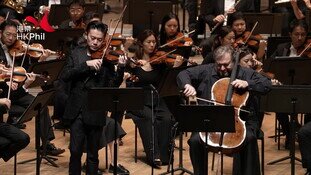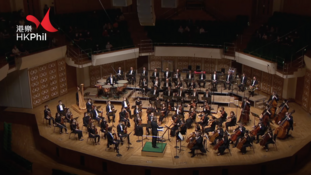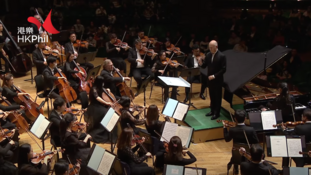SHOSTAKOVICH | Symphony no. 5
PROGRAMME
DMITRI SHOSTAKOVICH (1906–1975)
Symphony no. 5 in D minor, op. 47
- Moderato
- Allegretto
- Largo
- Allegro non troppo
THE COMPOSER
In 1936 Dmitri Shostakovich suffered a terrifying ordeal. Up till then things had been going well for him: his opera A Lady Macbeth of the Mtsensk District (1934) had been a huge success across the world and had run for nearly two years in Russia. Then, one day in 1936, Shostakovich opened his copy of the state newspaper Pravda and was stunned to read a ferocious denunciation of both the opera and himself. The article was unsigned, but it clearly represented the views of the Soviet Union’s great “Leader and Teacher”, Stalin himself. The article ended chillingly: “Things could end very badly.” Many eminent artistic figures had been arrested, or had simply disappeared, during these dark times. Shostakovich knew well enough that he might be next.
THE BACKGROUND
As so often at periods of crisis, Shostakovich sought salvation in work. First, on the pretext of honouring the centenary of Russia’s greatest poet, he composed his Four Romances on Poems by Alexander Pushkin, a work with several telling pre-echoes of the Fifth Symphony. Then, at the beginning of 1937, Shostakovich began work on this symphony. On the face of it, he had an impossible balancing act to pull off. The Soviet authorities were apparently looking for some kind of gesture of repentance: a sign that Shostakovich had turned his back on the “anti-people” “modernist distortions” of Lady Macbeth. The new symphony must be seen to be positive, to affirm the brave new realities of Stalin’s Communist Paradise, and in an accessible musical language. But Shostakovich had too much integrity simply to sell his soul. Was there some way he could speak the truth to those with ears to hear, while managing to convince the Soviet powers that he had learned his lesson?
Whatever the case, there has been plenty of controversy about the meaning of the Fifth Symphony. This was stoked up by the appearance, in 1979, of the book Testimony, which claimed to be “the memoirs of Shostakovich”, as “related to and edited by” the Russian musicologist Solomon Volkov. One passage in particular stands out – it concerns the symphony’s supposedly optimistic finale:
I think that it is clear to everybody what happens in the Fifth. The rejoicing is forced, created under threat, as in [Mussorgsky’s opera] Boris Godunov. It's as if someone were beating you with a stick and saying, “Your business is rejoicing, your business is rejoicing” and you rise, shakily, and go off muttering, “Our business is rejoicing, our business is rejoicing”.
It is certainly possible to hear the Fifth Symphony’s thunderously emphatic ending as “irreparable tragedy”, as Testimony puts it – to hear the thunderous concluding major key fanfares and drumbeats as deadeningly ironic rather than triumphant. But the unmistakable reference to the first of the Pushkin Romances, “Rebirth”, that occurs just before the symphony’s final onslaught doesn’t quite fit with that interpretation. True art, says Pushkin, will survive oppression and barbarian vandalism. Could it be that Shostakovich realised that he had created something that, like the beautiful artwork in Pushkin’s poem, might survive the worst barbarian attack, even if he, its creator, might not? That would at least be a kind of triumph.
If it was a conscious gamble, it paid off. The Soviet authorities gave the Fifth Symphony an unequivocal thumbs-up, and the audience at the Leningrad premiere roared their approval for half an hour. But while Stalin’s cultural henchman Aleksey Tolstoy lauded Shostakovich for depicting the emergence of a suitably reconstructed artist from “psychological crisis”, others felt that the symphony’s tragic tensions remained unresolved – that the expressions of sorrow and pain were simply too strong to be edged out by the emphatic triumphalism of the ending.
THE MUSIC
Overall, the Fifth Symphony does appear to chart a conventional romantic journey from darkness to light: from minor key anguish, desolation and violence to major key rejoicing – as in Beethoven’s famous Fifth Symphony (upheld in Soviet Russia as the musical embodiment of the revolutionary ideal). But where Beethoven sounds fanfares of hope early on his Fifth, Shostakovich keeps hope at arm’s length for rather longer. The starkly arresting opening soon yields to lamenting lyricism, sparsely accompanied, and then to lovely second theme (strings and harp), both exquisitely tender and profoundly elegiac. The startling entry of the piano (deep metallic bass notes), leads to a faster, increasingly fraught middle section, in which earlier lamenting lyricism is transformed savagely by brass and percussion. After a cathartic climax, the second theme returns, lighter at first, but with lengthening shadows. The ending is wonderfully poetic: poignant violin solo, ominous hushed brass and timpani, and the weirdly toy-like tinkling of the celesta.
Humour often helped Shostakovich survive in the direst times, and it comes to the fore now in the Scherzo: gruff at first, with mocking militaristic fanfares, and then what sounds like a comically drunken violin solo. However the slow third movement that follows contains the most anguished music in the whole symphony. Scored only for woodwind, strings, harp and pitched percussion (the brass are silent), it sings of profound desolation, in the beautiful string threnody that begins it, and especially in the long, lonely, sparsely accompanied woodwind solos at its heart.
The Largo’s ending, with its soft bell-like sounds for harp and celesta, does seem to offer a kind of peace, but this is brusquely dismissed by the finale’s brass-dominated, opening. Exultant or oppressive? To some extent this depends on the performance; but the climax, with its electrifying gong stroke and dissonantly pounding timpani, clearly represents some kind of crisis. The music grows reflective, then comes the quotation from the first of the Pushkin Romances referred to above (repeated harp figures) and, for a moment at least, light does appear to dawn. But then begins the effortful final crescendo, and those seemingly exultant fanfares and thudding drumbeats. Triumph, tragedy – or both? Shostakovich was a master of ambiguity, and there is often more than one way of reading him. Either way, it’s shattering.
Programme notes by Stephen Johnson
Artist
SUPPORT THE HK PHIL'S ONLINE PROGRAMMES
The Ambassador Fund allows the orchestra to produce various online programmes, keeping our connection with the communities. The HK Phil has released over 80 online programmes and garnered over 1.5 million views since the pandemic. Your donation supports production costs incurred and helps us share music!
All Performances
Other videos in this series







